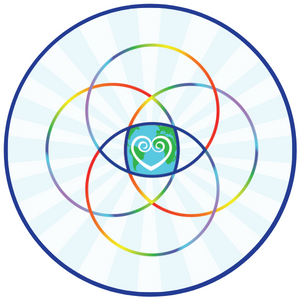
Healing Ways
Healing Ways
Astaxanthin Potential Protection for Heart During Chemotherapy
A 2025 study published in Nature investigated whether astaxanthin, a natural antioxidant found in certain seafood and algae, can protect the heart from damage caused by doxorubicin, a common chemotherapy drug. While doxorubicin is effective at treating cancer, it often causes serious side effects in the heart, such as reduced heart function, irregular heart rhythms, and even heart failure. Since current treatments to prevent these issues are limited, researchers wanted to see if astaxanthin could help.
In the study, rats were split into several groups: a control group, a group that received only doxorubicin, and two groups that received doxorubicin along with different doses of astaxanthin. The researchers assessed heart health by using ultrasound scans, checking blood for markers of heart injury, examining heart tissue under a microscope, measuring the cells' energy levels, and studying key proteins related to mitochondrial health.
They found that doxorubicin alone significantly harmed the rats’ hearts: it reduced heart function, increased signs of heart damage, and caused visible tissue damage. It also disrupted the mitochondria, the parts of cells that produce energy, leading to excessive breakdown of mitochondria and lower energy levels in the heart.
The rats treated with astaxanthin showed improved heart function, fewer signs of injury, healthier heart tissue, and higher energy levels in their cells. Astaxanthin helped restore balance in the mitochondria by boosting beneficial proteins and reducing harmful breakdown processes, ultimately protecting the structure and function of these vital cell components.
The study concluded that astaxanthin may help guard the heart against chemotherapy-related damage by preserving mitochondrial health, supporting energy production, and maintaining the integrity of heart tissue.
While these findings are promising, further research in humans is needed to confirm whether astaxanthin could safely and effectively be used alongside chemotherapy.
REFERENCES
He, Y., Wu, D., Wu, Q., Huang, S., Zhan, Y., Deng, J., Chen, J. Y., Xie, L., … Zheng, J. (2025). Astaxanthin mitigates cardiac toxicity induced via doxorubicin by alleviating mitochondrial fission and autophagy in rats. Scientific Reports, 15, Article 32114. https://doi.org/10.1038/s41598‑025‑17253‑1


 By
By







